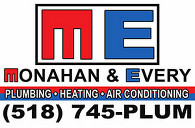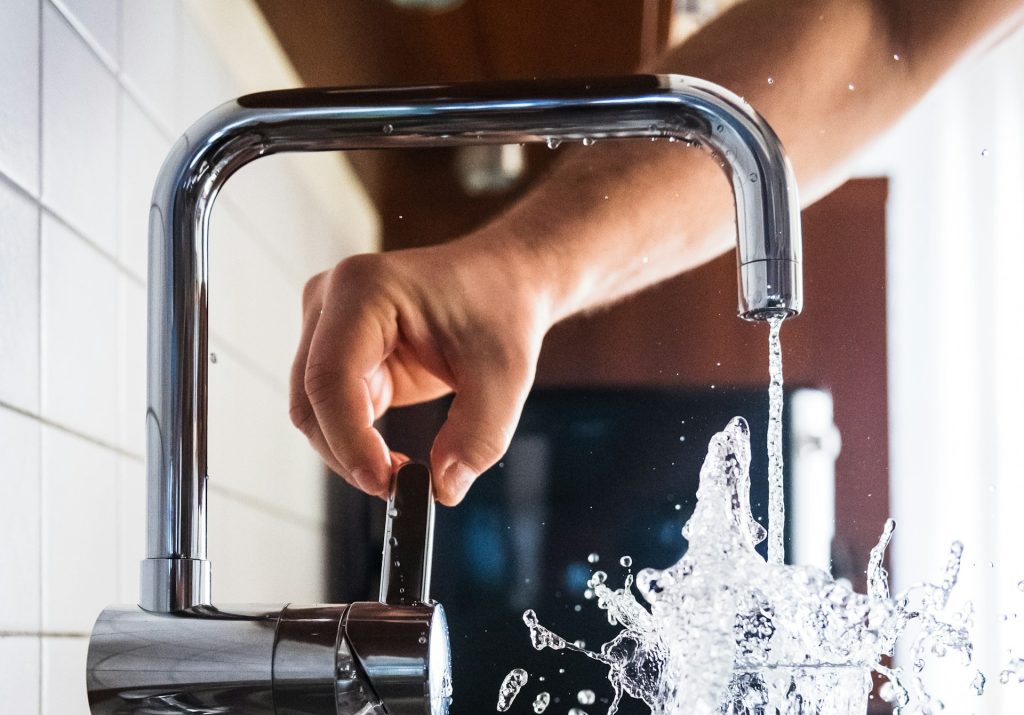

Call ME For All Your Plumbing and Heating Needs

Call Us For Free Estimates
The Ultimate Plumbing & HVAC Readiness Guide for New Homeowners
Moving into a new home is an exhilarating experience, marking the beginning of a fresh chapter in your life. Amidst the excitement of arranging furniture and decorating, it’s crucial not to overlook the foundational systems that ensure your home’s comfort and functionality: plumbing, heating, ventilation, and air conditioning (HVAC). Ensuring these systems are in optimal condition before settling in can prevent unforeseen issues and costly repairs down the line. This comprehensive guide delves into the essential steps every new homeowner should undertake to assess and maintain their plumbing and HVAC systems, ensuring a seamless transition into your new abode.

Absolutely! Here’s an additional 500-word expansion to the “New Home System Readiness” section to provide deeper value and context for new homeowners.
1. New Home System Readiness
Definition (Revisited):
New home system readiness refers to the process of verifying that all major home infrastructure systems—including plumbing, heating, air conditioning, and ventilation—are safe, functional, and optimized before you settle into your new home. While many new constructions pass basic inspections, hidden oversights or rushed installations can cause long-term issues if left unchecked.
Why It Matters:
Even in brand-new homes, systems may not be fully optimized—or in some cases, not thoroughly tested under real living conditions. Construction crews may have completed installations on tight schedules, or final walkthroughs may have focused more on cosmetic details than mechanical performance.
Here are three major reasons why readiness matters:
- Preventing Expensive Repairs:
Identifying issues like a slow drain, an improperly sealed HVAC duct, or low water pressure early can prevent small problems from becoming major repairs. It’s much easier—and cheaper—to fix these before daily wear and tear sets in. - Protecting Your Warranty:
Many builders or equipment manufacturers offer warranties that are voided if maintenance requirements are not met. A professional post-move-in inspection helps ensure you have documentation in case you need to make a claim. - Ensuring Energy Efficiency:
A new HVAC or plumbing system that isn’t tuned correctly can waste energy from day one. For example, ducts that aren’t properly insulated or sealed could be losing up to 30% of heated or cooled air, raising your utility bills unnecessarily.
Related Terms:
- System Inspection:
A detailed, often multi-point evaluation performed by a licensed professional to assess the performance and safety of a home’s mechanical systems. - Energy Efficiency:
A measure of how effectively your systems use energy to produce heating, cooling, or water flow. Efficient systems save money and reduce environmental impact. - Safety Compliance:
Ensures all systems adhere to local building codes and safety standards. This includes proper ventilation for gas furnaces, secure installation of water heaters, and compliant electrical connections.
What’s Included in a Readiness Checklist?
To provide new homeowners with peace of mind, a readiness checklist should include:
- Verification that all shut-off valves, circuit breakers, and thermostats are labeled and operational.
- Confirmation that all HVAC and plumbing systems function under load (e.g., running multiple taps, testing heating/cooling in every room).
- Assessment of visible piping, joints, and ductwork for potential leaks or inefficiencies.
- Checking attic or crawl space insulation near ducts or water lines to prevent energy loss or freezing.
Professional Support Matters
While DIY readiness checks can catch surface-level problems, hiring a local service provider like Mohanan & Every ensures deep expertise and safety. Our team brings decades of experience in residential plumbing and HVAC systems, helping new homeowners in the Glens Falls area move in with confidence. Whether you need a quick systems audit or preventive maintenance, we’re ready to help your new house feel like home from day one.
2. Plumbing System Inspection
Definition:
A thorough examination of all water supply and drainage components to ensure proper installation, detect leaks, and confirm functionality.
Key Components to Inspect:
- Main Water Line and Shut-Off Valve:
Locate the main shut-off valve to quickly stop water flow during emergencies. Ensure it’s easily accessible and functions smoothly. - Fixtures and Faucets:
Check sinks, bathtubs, and showers for leaks, drips, or corrosion. Operate each faucet to assess water pressure and temperature consistency. - Drains and Waste Pipes:
Ensure drains are free from obstructions and exhibit swift water flow. Listen for gurgling sounds, which may indicate venting issues or blockages. - Toilets:
Inspect for continuous running, which can waste significant water. Ensure toilets are securely anchored and flush properly.
Pro Tip:
Request a plumbing schematic from the builder or previous owner to understand the layout and access points of your plumbing system.
3. Water Heater Assessment
Definition:
Evaluating the installation, settings, and efficiency of the water heating system to ensure a consistent hot water supply.
Types of Water Heaters:
- Tank-Type Heaters:
Store and heat a specific volume of water. Common in many households. - Tankless (On-Demand) Heaters:
Heat water directly without storage, offering energy savings and continuous hot water.
Inspection Tips:
- Temperature Setting:
Set the thermostat to 120°F (49°C) to balance comfort and energy efficiency. - Venting:
Ensure gas-powered heaters have proper ventilation to expel combustion gases safely. - Pressure Relief Valve:
Test this safety feature to confirm it releases pressure appropriately, preventing potential explosions.
Tools:
- Thermal Camera:
Detects uneven heating or insulation issues. - Pressure Gauge:
Measures water pressure to ensure it falls within safe parameters (typically 40-60 psi).
4. Heating System Readiness
Definition:
Ensuring the home’s heating system operates efficiently and safely, providing adequate warmth during colder periods.
Key Components:
- Furnace or Boiler:
Check for signs of wear, rust, or unusual noises. Ensure burners are clean and ignition systems function correctly. - Thermostat:
Verify accurate temperature readings and responsiveness. Consider upgrading to a programmable or smart thermostat for enhanced control. - Air Filters:
Inspect and replace filters to maintain air quality and system efficiency. Clogged filters can strain the system and reduce airflow. - Ductwork:
Examine ducts for leaks, disconnections, or debris that could impede airflow.
Best Practice:
Schedule a professional tune-up before the heating season to address potential issues proactively.
5. Air Conditioning Inspection
Definition:
Assessing the cooling system to ensure it maintains desired indoor temperatures efficiently during warmer months.
Key Components:
- Condenser Unit:
Located outside, it should be free from debris and have at least two feet of clearance for proper airflow. - Evaporator Coils:
Located indoors, these should be clean to facilitate efficient heat exchange. - Refrigerant Levels:
Ensure appropriate levels to prevent strain on the compressor and maintain cooling efficiency.
Checklist Items:
- Outdoor Unit Maintenance:
Clear leaves, dirt, and other debris to prevent airflow obstruction. - Performance Testing:
Run the system to verify it cools rooms uniformly and reaches the set temperature promptly. - Thermostat Calibration:
Ensure the thermostat accurately reflects the room’s temperature and communicates effectively with the HVAC system.
Tip:
After construction or renovation, clean the area around HVAC units to prevent debris from entering the system.
6. Indoor Air Quality Considerations
Definition:
Evaluating and enhancing the quality of indoor air to promote health, comfort, and well-being.
Key Factors:
- Air Purifiers:
Devices that remove contaminants from the air, beneficial for individuals with allergies or respiratory issues. - HEPA Filters:
High-Efficiency Particulate Air filters trap airborne particles, improving air cleanliness. - Humidity Control:
Maintaining indoor humidity between 30-50% prevents mold growth and supports comfort. - **Ventilation

